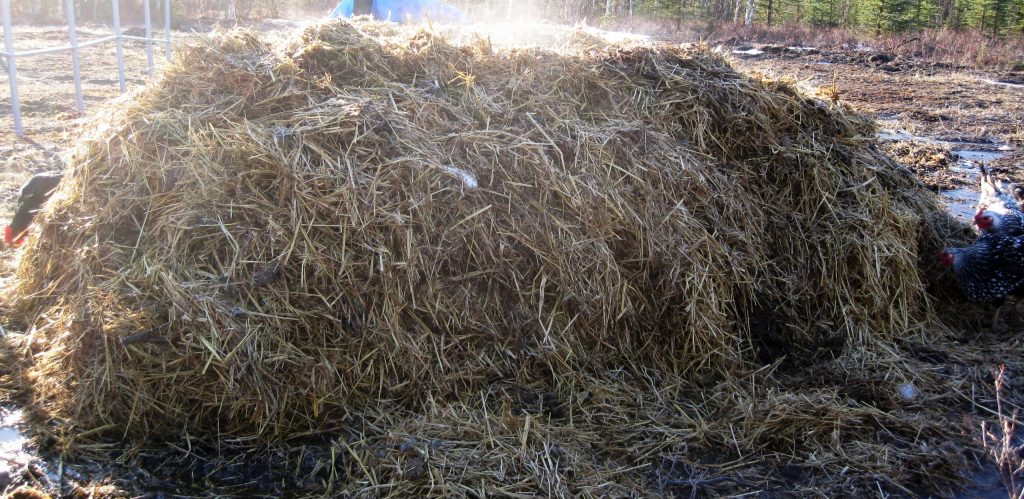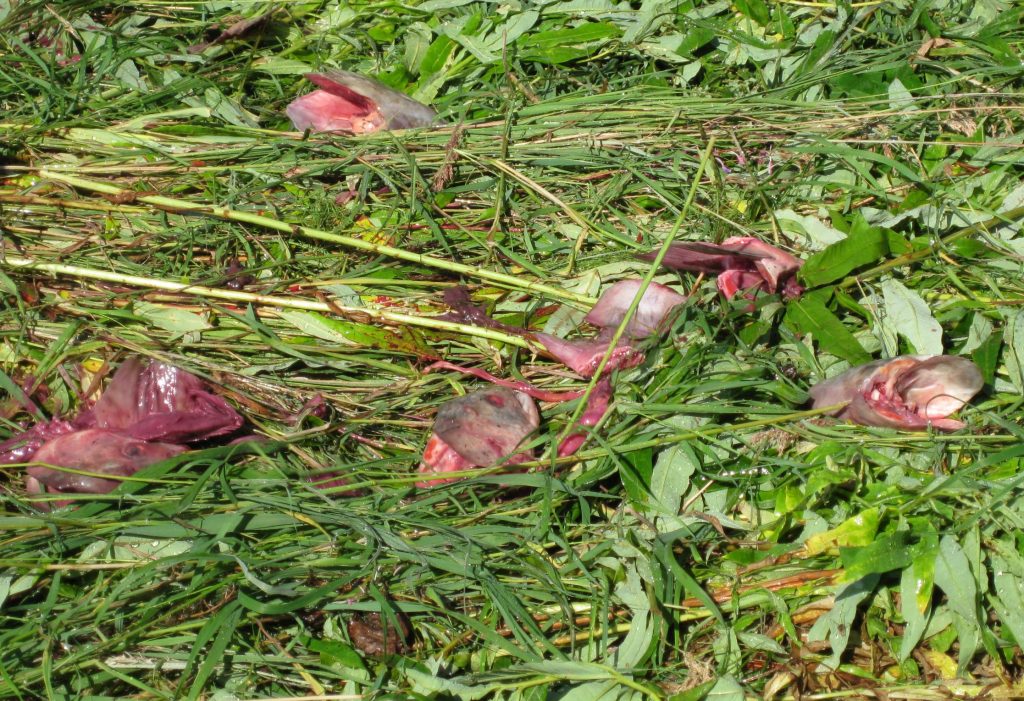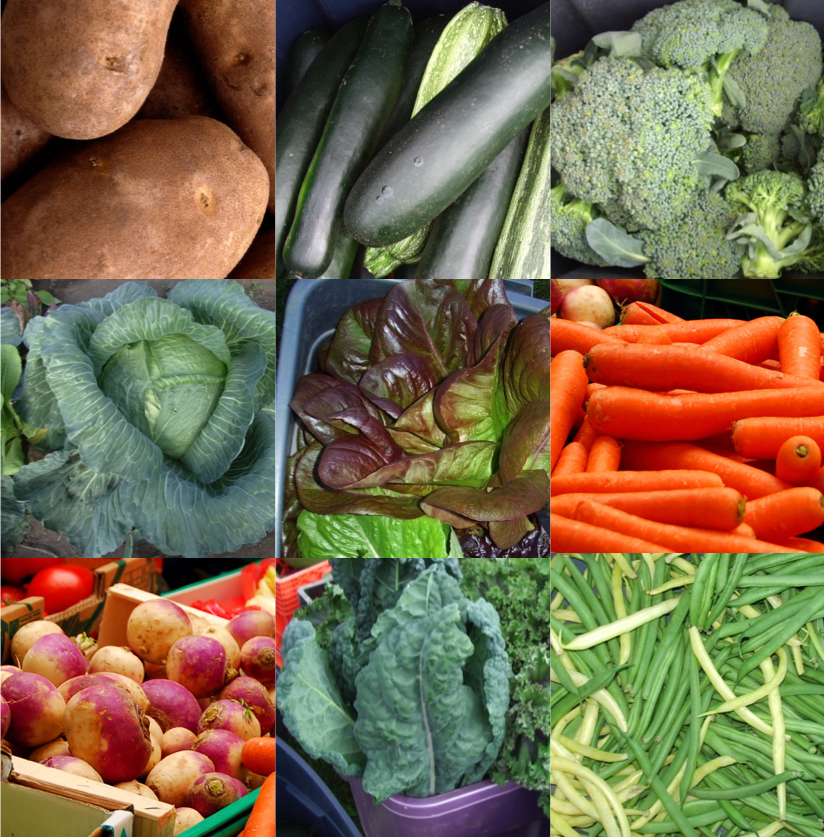For many Alaskans, it’s time for fishing! But before you toss your fish carcasses back into the river, consider two options to eke out every last bit of goodness from them. One is to make soup and one is to compost them. Better yet, do both and make broth or soup first, then compost the carcasses or make some soup and some compost. Fish broth is nutritious and tasty for you, and fish compost is nutritious and tasty for your plants.
This recipe incorporates salmon heads, and I would not hesitate to add the tails and bones, too. I would also recommend Brazilian fish stew.

You want to make sure your pile does not heat up over 160 degrees F. You can see the steam coming off this pile. You can monitor your pile with a long-stemmed thermometer.
Methods and materials for composting fish abound. Traditionally, fish was just buried in the garden with decent results. In Alaska, you do risk attracting dogs, bears, flies and other pests to your garden if you practice this method. Steve Kahn wrote in the Anchorage Daily News that one year in the fall, even though there were plenty of other fish washed up on the shore of Lake Clark, bears churned up his garden to get at the ones he and his wife had buried.
If you plan to compost the carcasses, you’ll want to make sure that you have a large bin or pile and that it is fenced in – perhaps with an electric fence if bears or dogs are problematic where you live. You can also try sprinkling hot pepper or paprika around the bin.

Fish heads are being layered in with fireweed in this pile.
Much of these same principles apply to composting in general as with any composting, but there are some additional considerations. Fish composting has the potential to turn into a positively rank operation so you need to have a large enough bin or pile to manage those odors. In general, for a compost pile to heat up, it needs to be at least a cubic yard in size. But when composting fish, bigger is better. Continue reading


